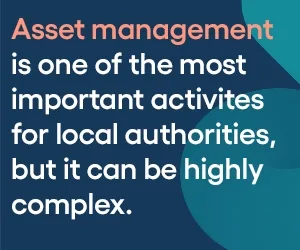WSP have issued a blog post that shares national intelligent transportation systems practice lead Viriginia Lingham’s insights on the subject of implementing modern solutions for transportation and traffic management.
“Public agencies nationwide are benefiting from ever-evolving advancements in traffic management operations, specifically through intelligent transportation systems (ITS),” she says.
“These transportation and traffic management systems use cutting-edge information and communication technologies to improve safety, efficiency and sustainability of their networks, thereby improving safety, reducing traffic congestion and enhancing driver experiences.
Transportation leaders interested in implementing or advancing ITS can learn from WSP’s work to advance connected vehicle technologies, which has pioneered the way for vehicle-to-everything (V2X) and ITS deployments to help our clients realize the benefits of these systems.
Using sensor arrays, today’s ITS systems generate large amounts of data and share it with the vehicles and infrastructure, such as traffic lights, around them. The data includes vehicle speed, braking, idling, emissions, location, engine diagnostics and imagery of surrounding areas. Decision makers use this data to adapt and manage city transportation operations with greater precision.
The possibilities of vehicle-to-infrastructure and vehicle-to-vehicle data communication are tremendous. For instance, onboard systems can prevent crashes by providing safety critical messages directly to vehicles to stop red light running, provide work zone information, and alert a driver of a vulnerable road user ahead. They can also relay information to their drivers and passengers, including recommendations for less congested routes, nearby amenities and available parking.
When coupled with smart city infrastructure, first responders can get to and from incident scenes quicker and traffic can be routed away from traffic incidents and maintenance areas, improving the response time for emergency personnel and the efficiency of maintenance operations overall.”
For the full post click HERE.




























